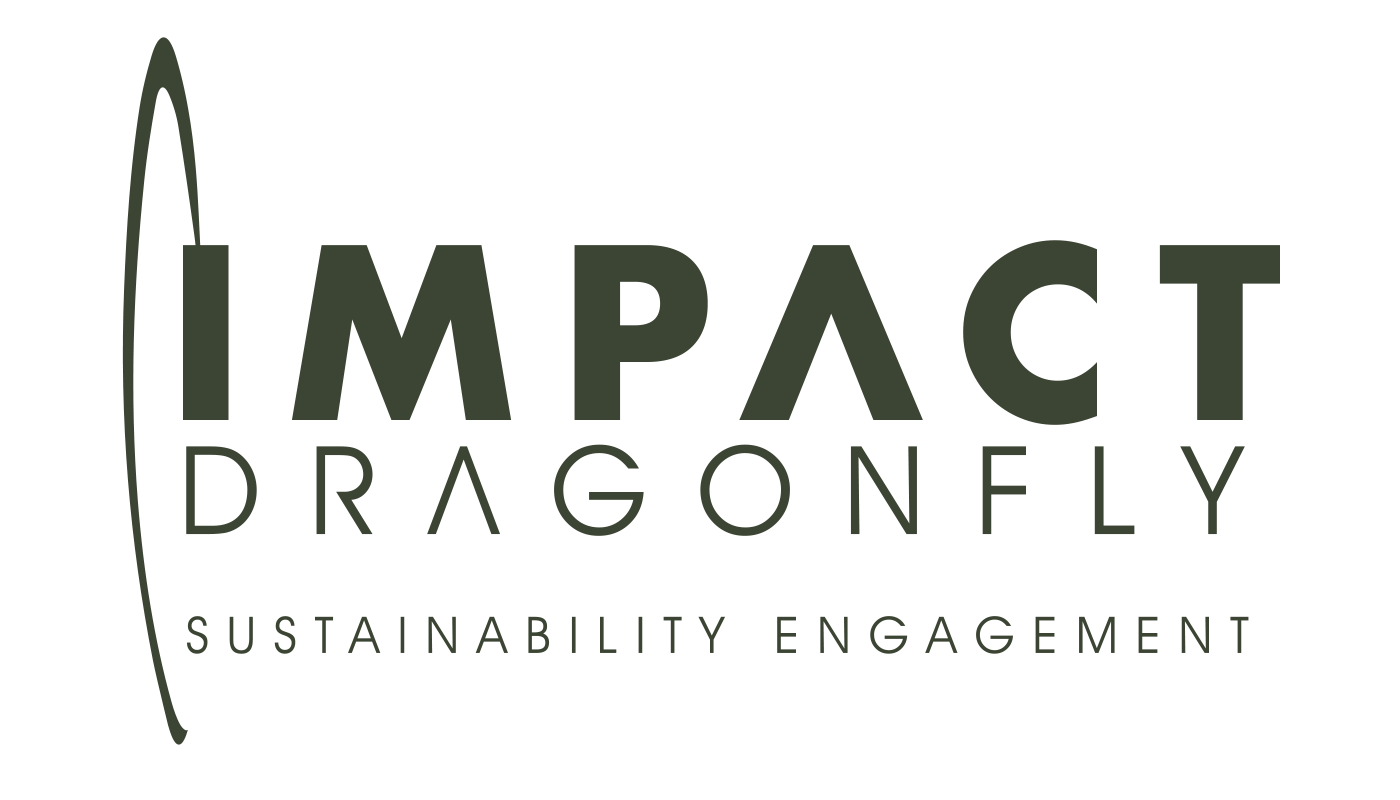Can we talk about water for a minute?
Water conservation is a critical yet frequently overlooked issue in Australia. In this article, I would like to discuss some of the immediate challenges our nation faces regarding water conservation.
Australia experiences extreme climate variability, including prolonged droughts and occasional flooding. This inconsistency in rainfall makes water supply unreliable. We also have rapid population growth increasing the demand for water, coupled with an urbanisation spread, throw in the increase in industrial activities that lead to higher water consumption and pollution, and Voila, we have a stressed, very limited water resources.
From the cities to to the land now and we know that Agriculture is a significant part of the Australian economy and consumes a substantial amount of water. Efficient water use in this sector is crucial to sustain both the industry and water resources.
It takes around 30 litres of water to make 1 pint of beer - growing barley, producing beer, cleaning barrel.. etc.
It is not just lack of water but the environmental impact when water resources are overused and mismanaged, leading to the degradation of natural ecosystems. Rivers, wetlands, and aquifers are at risk, affecting our biodiversity and natural landscapes. Despite the importance of water conservation, there is often a lack of awareness and robust policy measures to address the issue effectively. Public education and stringent regulations are necessary to promote sustainable water use.
Finally we have the big one, the impacts of climate change, including rising temperatures and changing precipitation patterns which further exacerbate water scarcity, which leads us right back to climate variability.
So why is it that we only seem to worry about water when there isn’t enough? It is only in times of need that we are forced to rethink our usage, 3 minute showers, only using rain water tanks and bore water to irrigate and more… however and I am going to be a bit radical here..
What if we had better habits even when times were good?
So what does good look like and how can we implement simple things into our daily lives that doesn’t make us feel like we are living in a permanent drought?
Check out some tips tips below to get you on your journey of more efficient water usage;
Showers
Flow rates for showers are indicated on the water rating label in litres per minute (L/min).
Every 1 L/min difference can save a family of four nearly 12 kilolitres (kL) of water and $35 annually (based on an 8-minute shower per person per day with water costing $2.99 per kL).
For a family of four, replacing a showerhead that flows at 15 L/min with:
A 3-star showerhead at 9 L/min will save 70 kL and $210 each year on water bills.
A 5-star showerhead at 6 L/min will save 105 kL and $315 each year on water bills.
Additionally, there will be savings on energy bills since less water will need to be heated.
Low-Flow Taps
Low-flow taps operate by mixing air into the water stream, providing the sensation of full water flow while significantly reducing the actual water volume.
Installing low-flow taps or flow-controlled aerators can reduce tap water usage from a standard 15-18 L/min to as little as 2 L/min.
Toilets
The water rating label indicates the amount of water used per flush on average.
Each litre reduced per flush can save a family of four nearly 6 kilolitres (kL) of water and $17.50 annually in water supply charges (assuming 4 flushes per person per day and water costing $2.99 per kL).
Replacing an old single-flush toilet (12 L per flush) with a 4-star toilet (3.5 L per flush) will save 50 kL and $148 each year on water bills.
Using the half-flush button whenever possible will maximise water savings.
Washing Machines
The water rating label indicates the amount of water used per load and the cycle used for testing.
Choosing an 8 kg capacity washing machine with a 5-star rating that uses 55 L per load, instead of a 3-star machine using 115 L per load, will save a family 18 kL and $54 annually.
Dishwashers
For a dishwasher with a capacity of 14 place settings, selecting a 6-star machine that uses 9.5 L per wash, instead of a 3-star machine using 17 L per wash, will save a family 3.5 kL and $20 each year.
Lastly
Always check for water leaks from toilets, dripping taps, outside hoses that have been left on etc..
Don’t throw water down the sink, reuse it to water the plants instead - kids water bottles at the end of school.
Pop a bucket in your shower to collect water to use in your garden or to wash the car.
Turn running water off when it isn’t in use, eg. when you are soaping your hands outside of the flow.
Be creative on how you can conserve water in your house and check out your water bill!
